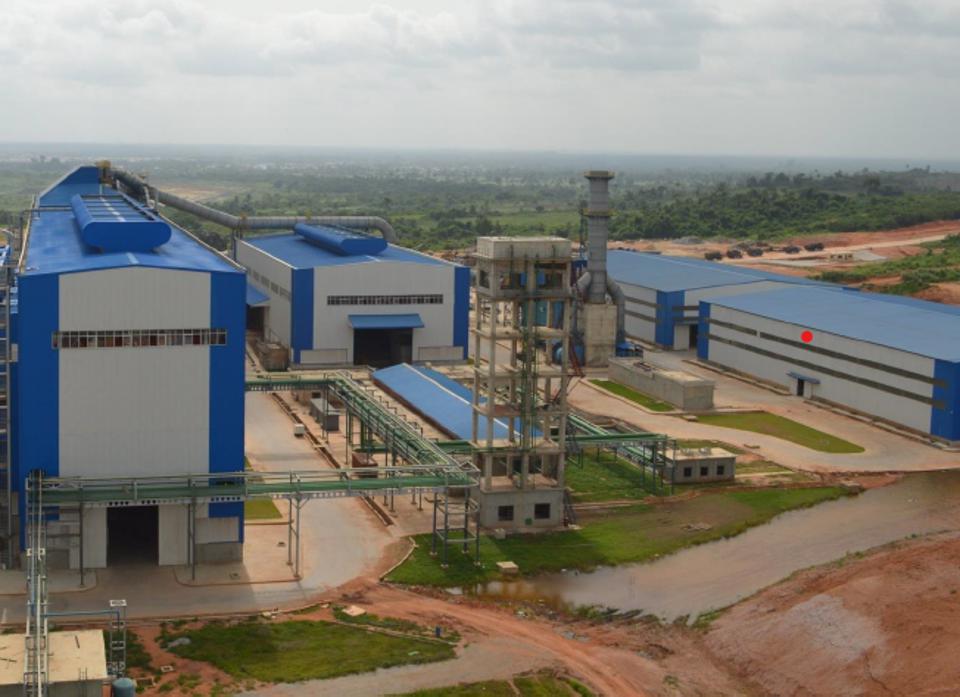As Africa gears up to embark on its first continentally coordinated effort at industrialization with the advent of the AfCFTA, its worth examining African manufacturing’s current state of affairs and recent history. Just who is the African manufacturer?
As Africa gears up its first continentally coordinated effort at industrialization with the advent of the AfCFTA, its worth examining African manufacturing’s current state of affairs. Just who is the African manufacturer?
Africa’s paucity of industrial capacity, along with its vanishing manufacturing share of GDP, obscures the valiant efforts – past and present – of a hardy cadre of manufacturing entrepreneurs. While a growing consensus around the critical import of African manufacturing is gathering increasing momentum, previous attempts have been made to pursue an industrialization agenda on the continent.
Even during the colonial period, industrial efforts were made – both by occupying colonial administrations, as well as by indigenous entrepreneurs who often hailed from the same pre-colonial merchant traditions that had initially controlled trade with Europeans. Some, particularly in British controlled territories, managed to develop significant enterprises including some light value-added activity such as sawmilling of lumber or palm oil production. However, not interested in competition for the raw commodities the colonies were intended to export to their home countries, colonial administrators limited the intensity, extent and sophistication of local manufacturing, discouraging advanced industry.
Similarly uninterested in ceding to locals the opportunity to supply the goods demanded by captive local populations, colonial occupiers generally banned local production of products that could be supplied by producers in the home country and often also recruited enterprising migrants from other corners of their far-flung empires, such as Lebanon and India, to create comprador classes of foreign businessmen aligned with the colonizing power and attracted to lucrative quasi monopoly opportunities to oversee the trade in imported manufactures meeting the local consumption demands of indigenous subjects. This extraction of raw materials and satisfaction of captive local demand with imported manufactures laid the basis for economic structures which persist to this day.
A large driver of the enthusiasm that fueled liberation movements was the cumulative frustration and desire among indigenous elites to carve out a larger slice of such trade and to harness the potential of industrial processing of abundant local resources. In the heady days of the independence era, many newly liberated African nations were led by confident and ambitious chief executives, typically supported by an equally crusading cohort of […]
